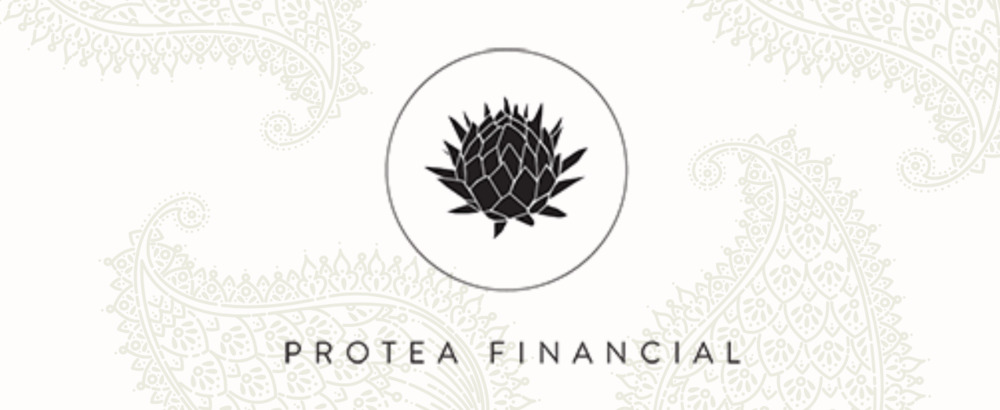For a winery, the rhythm of the business is deeply intertwined with the seasons. The anticipation of bud break, the meticulous care of the vines, the intensity of harvest, and the patient art of fermentation and aging – each cycle brings its own demands and rewards.
It’s easy to get caught up in the immediate, from managing this year’s yields to optimizing the upcoming bottling run. However, here at Protea Financial, we consistently advise our winery clients that true, sustainable success extends far beyond the next harvest. Embracing long-term planning is not merely a good idea; it’s absolutely crucial for navigating the unique complexities and capitalizing on the significant opportunities within the wine industry.
The Short-Term Focus: A Necessary but Incomplete Picture
Operating a winery demands an acute awareness of short-term cycles. Daily cash flow, weekly sales figures, monthly production quotas, and annual harvest logistics are all vital for immediate operational health. Without attention to these, a winery can quickly face challenges.
However, a sole focus on the short-term can inadvertently blind you to critical long-term trends and strategic imperatives. We often see wineries making reactive decisions that, while solving an immediate problem, might inadvertently limit future growth, incur unnecessary costs down the line, or miss out on significant market shifts. The wine industry, unlike many others, has inherent long-term cycles embedded in its very nature.

The Unique Long-Term Imperatives of the Wine Industry
The very essence of winemaking dictates a long-term perspective. Several factors make strategic, multi-year planning indispensable:
- Vineyard Lifecycle: A new vineyard planting won’t yield commercial quantities for 3-5 years, and won’t reach peak production for 10-20 years. Decisions made today about varietals, rootstock, and trellising impact decades of production.
- Aging Inventory: The value and marketability of your premium wines often depend on years of aging. This ties up significant capital for extended periods, requiring careful long-term cash flow forecasting and inventory management.
- Market Trends and Consumer Shifts: Consumer tastes evolve. Planning for demand shifts (e.g., preference for lighter reds, organic wines, alternative packaging) requires years of foresight for vineyard planting and winemaking style adjustments.
- Climate Change Impacts: Wineries are on the front lines of climate change. Long-term planning must include strategies for vineyard resilience, water management, and adapting varietals or locations.
- Capital-Intensive Investments: Wineries require substantial investments in land, equipment (tanks, presses, bottling lines), and facilities. These are multi-year capital expenditures that demand careful long-term financial planning and financing strategies.
- Regulatory Environment: The alcohol industry is heavily regulated, with laws constantly evolving. Long-term planning helps anticipate and adapt to changes in distribution, taxation, and licensing.
- Succession Planning: Whether it’s a family-run business or a larger corporation, planning for leadership transitions, ownership changes, or eventual sale requires years, if not decades, of preparation.
The Undeniable Benefits of Long-Term Planning
Embracing a comprehensive long-term planning approach offers a multitude of benefits that directly contribute to your winery’s sustainability, profitability, and legacy:
- Strategic Resource Allocation: By defining long-term goals, you can allocate capital, labor, and vineyard resources more effectively. Instead of reactive spending, you make intentional investments that align with your vision.
- Improved Cash Flow Forecasting: Understanding future capital expenditures, inventory aging cycles, and projected revenue growth allows for more accurate cash flow projections. This helps in securing favorable financing terms and avoiding liquidity crunches.
- Proactive Risk Management: Long-term planning enables you to anticipate potential risks and challenges – market downturns, climate challenges, regulatory changes – and develop contingency plans, rather than reacting in crisis mode.
- Enhanced Profitability: Strategic planning identifies opportunities for revenue growth (e.g., new markets, premiumization) and cost optimization over time, leading to healthier profit margins.
- Stronger Brand and Market Positioning: A clear long-term vision allows for consistent brand development, targeted marketing, and strategic product development that resonates with evolving consumer preferences.
- Optimized Capital Investments: Major purchases like buying new land or equipment can be timed strategically, allowing for better negotiation, financing, and integration into your operations.
- Attracting and Retaining Talent: A clear vision for the future attracts top talent who want to be part of a growing, well-managed enterprise.
- Smoother Succession and Exit Planning: For family-owned wineries, long-term planning is essential for a seamless transition of ownership and management, preserving the legacy of the business.
- Access to Capital: Lenders and investors are far more likely to support wineries with a well-articulated, data-backed long-term plan, demonstrating stability and a clear path to return on investment.
Key Components of a Winery’s Long-Term Plan
A comprehensive long-term plan for a winery should encompass several key areas:
- Strategic Vision and Goals: What do you want your winery to be in 5, 10, or 20 years? This includes production volume, brand identity, market positioning, and desired financial performance.
- Vineyard Development Plan: Detailed plans for new plantings, replanting schedules, varietal diversification, and sustainable viticultural practices.
- Production & Inventory Plan: Forecasts for grape tons needed, wine production volumes, aging projections, and inventory holding strategies, tied to sales forecasts.
- Sales & Marketing Strategy: Long-term plans for market expansion (domestic/international), distribution channels (DTC, wholesale), brand building, and customer acquisition/retention.
- Capital Expenditure Plan: A multi-year roadmap for investments in vineyards, production facilities, equipment upgrades, and tasting room enhancements.
- Financial Projections: Detailed 5–10-year financial forecasts, including P&L, Balance Sheet, and especially Cash Flow statements, reflecting all strategic plans.
- Risk Mitigation Strategies: Plans for climate resilience, market volatility, supply chain disruptions, and regulatory changes.
- Human Resources & Succession Planning: Strategies for talent acquisition, development, and leadership transition.

Partnering with Protea Financial for Your Long-Term Success
Developing and executing a robust long-term plan requires expertise in financial forecasting, market analysis, and operational planning. At Protea Financial, we specialize in helping wineries navigate these complexities. We can assist you by:
- Facilitating Strategic Planning Sessions: Helping you articulate your long-term vision and translate it into actionable goals.
- Developing Comprehensive Financial Models: Creating detailed multi-year P&L, Balance Sheet, and Cash Flow projections that support your strategic initiatives.
- Assessing Capital Expenditure Needs: Advising on optimal timing and financing strategies for major investments.
- Conducting Market Analysis: Providing insights into industry trends and consumer shifts that can inform your long-term strategies.
- Structuring for Growth and Future Transitions: Advising on financial structures that support long-term expansion and eventual succession or exit strategies.
- Monitoring Progress: Helping you regularly review your long-term plan against actual performance and make necessary adjustments.
The allure of the next harvest is powerful, but true prosperity in the wine industry stems from looking beyond it. By embracing comprehensive long-term planning, your winery can navigate challenges, seize opportunities, and build a resilient, profitable legacy that endures for generations. Let our team be your guide in charting that successful long-term course. Contact Protea Financial today and let us help with your long-term plans!



